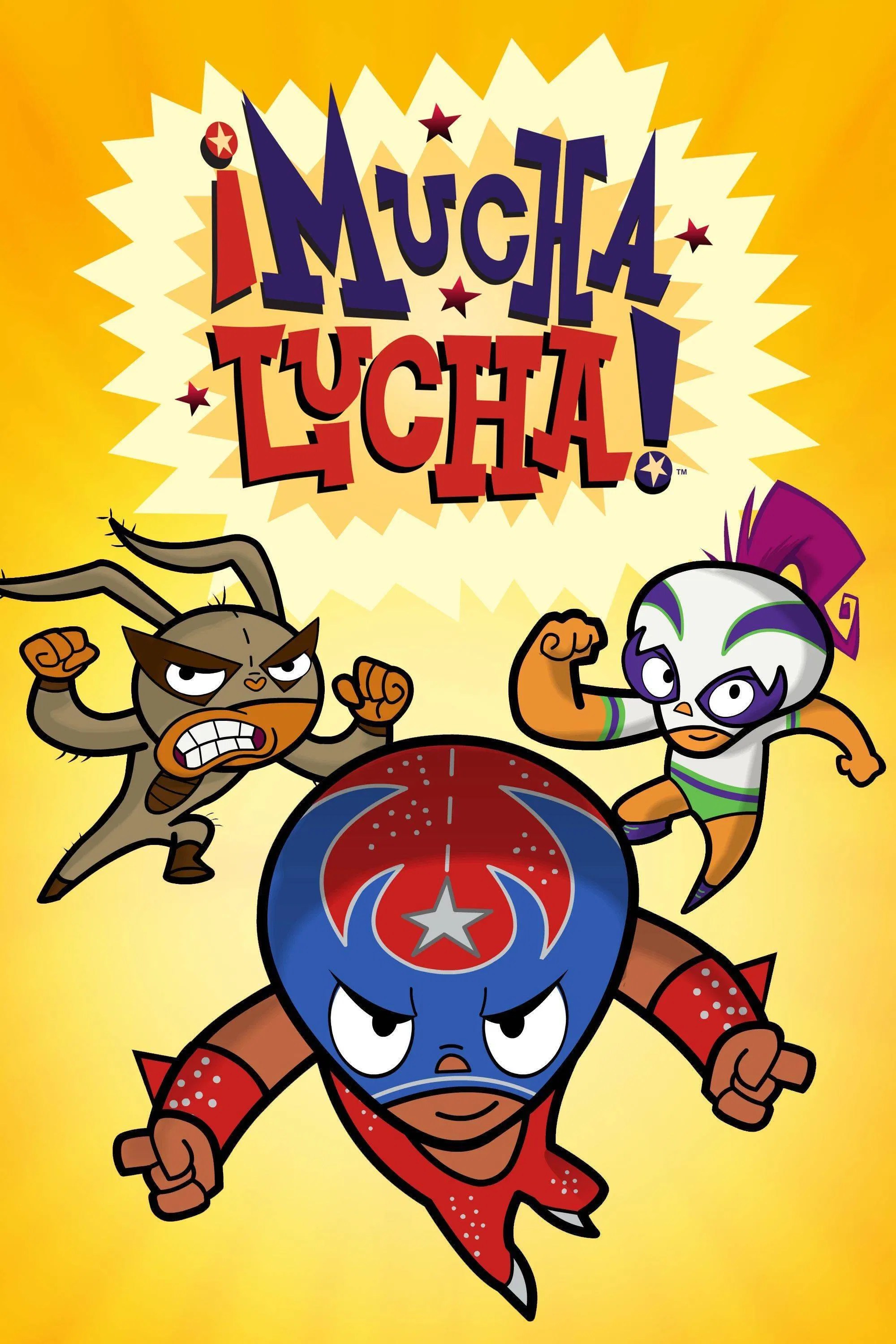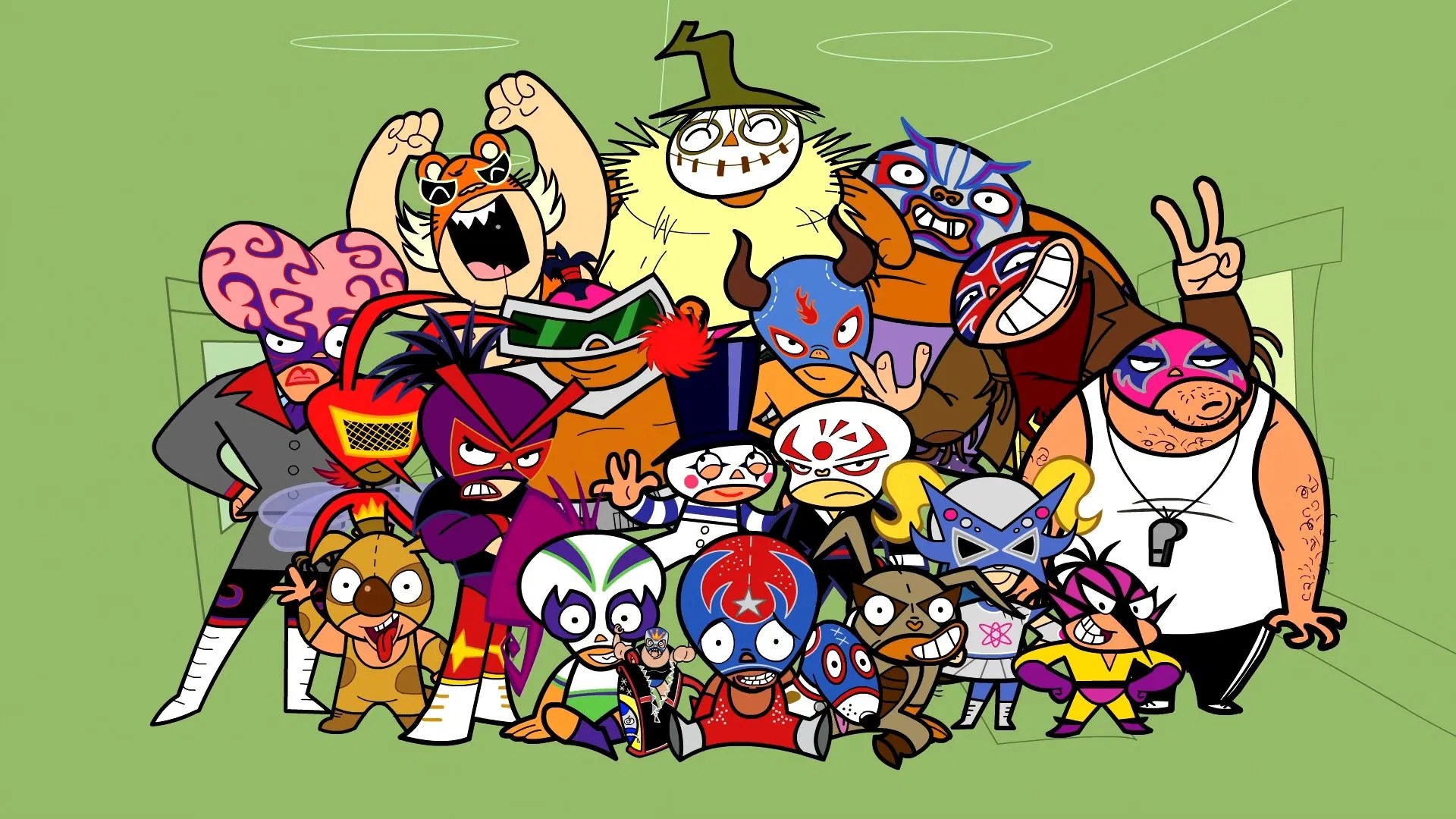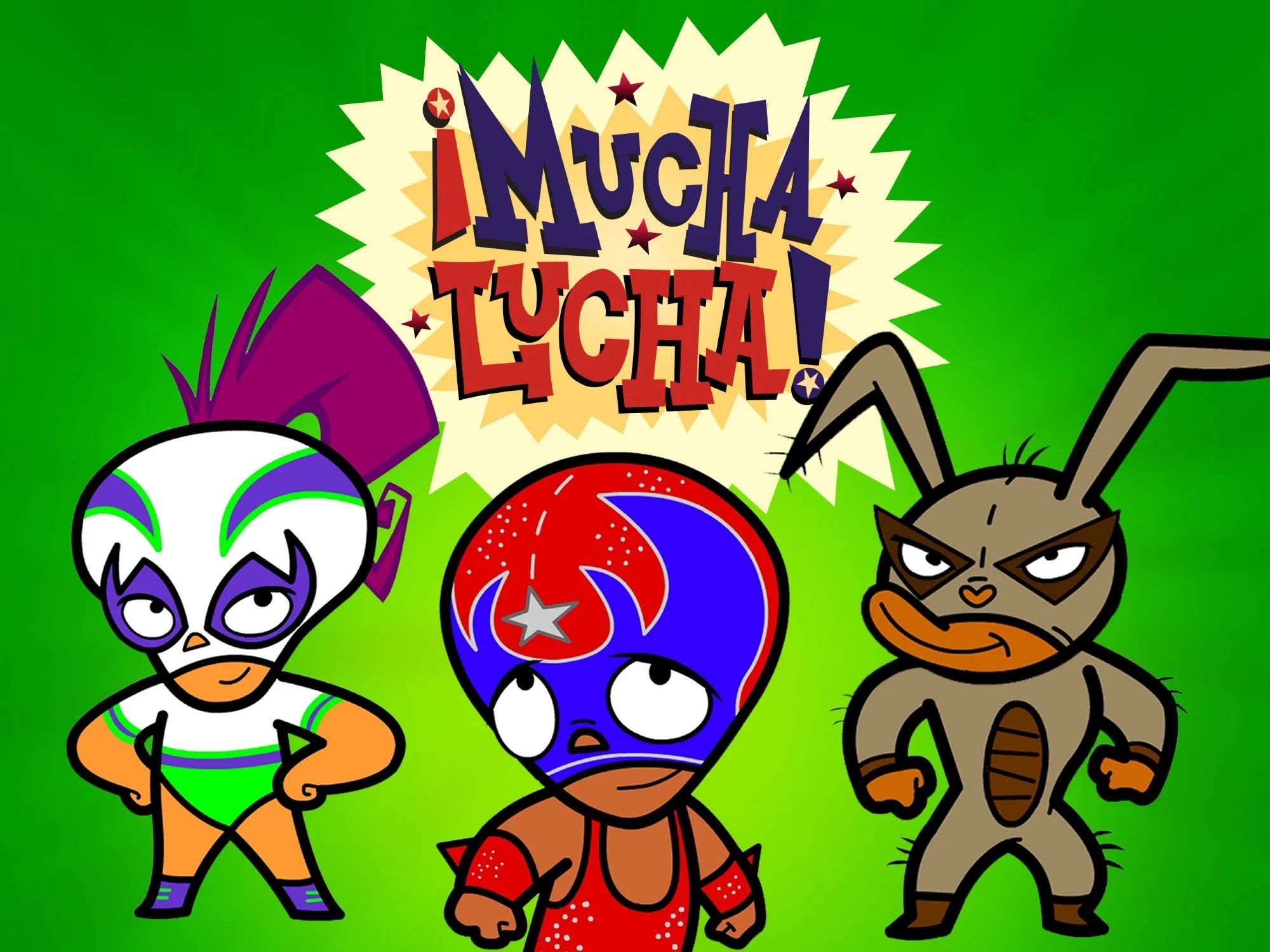Mucha Lucha is not just a show; it’s a vibrant expression of the rich culture surrounding Lucha Libre, the iconic Mexican wrestling tradition. This animated series, which debuted in the early 2000s, captures the essence of Lucha Libre through its colorful characters, engaging storylines, and unique animation style. In this article, we will delve into the world of Mucha Lucha, exploring its origins, characters, cultural significance, and impact on animation.
Through the lens of Mucha Lucha, we can appreciate how animation can serve as a medium to celebrate and promote cultural heritage. The series not only entertains but also educates viewers about the dynamics of Lucha Libre, including its traditions, values, and the underlying stories that have captivated audiences for generations. Join us as we unravel the layers of Mucha Lucha, a show that has left an indelible mark on the animation landscape.
From its creation to its legacy, this article aims to provide a comprehensive overview of Mucha Lucha. We will examine the characters that make this series memorable, the themes it explores, and how it has influenced both viewers and the broader animation industry. So, let’s dive into the colorful world of Mucha Lucha!
Table of Contents
1. The Origins of Mucha Lucha
Mucha Lucha was created by Eddie Mort and produced by Warner Bros. Animation. It first aired on the WB Television Network in 2002 and quickly gained a cult following. The show was inspired by the lively world of Lucha Libre, a form of professional wrestling that originated in Mexico in the early 20th century. Lucha Libre features colorful masks, acrobatic moves, and a rich history of storytelling that is deeply embedded in Mexican culture.
The idea behind Mucha Lucha was to introduce younger audiences to this vibrant culture through a medium they were familiar with: animation. The series features a blend of comedy, action, and adventure, making it appealing to both children and adults alike. The show’s unique premise revolves around a group of young wrestlers attending a school for luchadores, where they train to become the next wrestling stars.
2. Main Characters of Mucha Lucha
The characters in Mucha Lucha are as colorful and dynamic as the culture they represent. Each character has a unique persona that reflects various aspects of Lucha Libre. Here’s a closer look at some of the main characters:
- Ricochet: The protagonist of the series, Ricochet is a determined and ambitious young luchador who dreams of becoming the ultimate champion.
- Frida: A smart and resourceful girl, Frida is one of Ricochet’s best friends and often provides valuable insights during their adventures.
- Buena Girl: A fierce competitor, Buena Girl is known for her strength and agility, embodying the spirit of female empowerment in Lucha Libre.
- El Rey: The antagonist of the series, El Rey is a skilled and arrogant luchador who often challenges Ricochet and his friends.
These characters not only entertain but also represent the values and principles of Lucha Libre, such as courage, friendship, and perseverance.
3. Cultural Significance of Lucha Libre
Lucha Libre is more than just a sport; it is a cultural phenomenon in Mexico. With roots tracing back to the early 1900s, Lucha Libre has evolved into a symbol of national pride and identity. The masked wrestlers, known as luchadores, often embody heroic or villainous personas, engaging in epic battles that tell stories of good versus evil.
In Mucha Lucha, the cultural significance of Lucha Libre is emphasized through various storylines that reflect traditional values. The series showcases the importance of family, honor, and the lucha spirit, which resonates with viewers of all ages. By incorporating these themes, Mucha Lucha serves as a bridge between generations, introducing younger audiences to the rich history of Lucha Libre.
4. Themes Explored in Mucha Lucha
Much like any great animated series, Mucha Lucha explores various themes that resonate with viewers. Here are some of the prominent themes addressed in the show:
- Friendship: The bond between Ricochet, Frida, and Buena Girl is central to the series, highlighting the importance of teamwork and collaboration.
- Perseverance: The characters face numerous challenges on their journey to become successful luchadores, emphasizing the value of hard work and determination.
- Identity: The show explores the concept of identity, particularly through the use of masks, which are symbolic in Lucha Libre culture.
- Empowerment: Female characters like Buena Girl challenge stereotypes and showcase the strength of women in sports.
5. The Animation Style of Mucha Lucha
The animation style of Mucha Lucha is distinctive and plays a crucial role in bringing the characters and stories to life. The show features vibrant colors, exaggerated movements, and a unique art style that sets it apart from other animated series. The animation captures the energy and excitement of Lucha Libre, making each wrestling match feel dynamic and engaging.
The character designs are also notable, with each luchador sporting unique masks and costumes that reflect their personalities. This attention to detail enhances the visual appeal of the series and allows viewers to connect with the characters on a deeper level.
6. Impact on Animation and Media
Mucha Lucha has had a significant impact on the animation industry, particularly in how it showcases cultural elements within a mainstream medium. The series paved the way for other culturally inspired animated shows, emphasizing the importance of representation in media.
Furthermore, Mucha Lucha has inspired a new generation of animators and creators to explore diverse cultural narratives, leading to a richer tapestry of stories in animation. The series also highlights the potential of animation as a tool for cultural education and appreciation.
7. Reception and Legacy
Upon its release, Mucha Lucha received positive reviews for its creativity, humor, and cultural representation. Viewers praised the show for its ability to entertain while educating audiences about the vibrant world of Lucha Libre. The series garnered a loyal fan base and remains a beloved classic among animation enthusiasts.
In the years following its original airing, Mucha Lucha has continued to influence new works in animation, demonstrating the lasting legacy of its creative vision. The themes and characters from the series continue to resonate with audiences, proving that Mucha Lucha is more than just a children’s show; it is a celebration of culture and creativity.
8. Conclusion and Future of Mucha Lucha
In conclusion, Mucha Lucha stands as a testament to the power of animation in celebrating cultural heritage. Through its engaging characters, vibrant animation, and meaningful themes, the series not only entertains but also educates viewers about the rich tradition of Lucha Libre. As we look to the future, it is essential to continue promoting diverse narratives in animation, ensuring that shows like Mucha Lucha continue to inspire and resonate with audiences for years to come.
We encourage you to share your thoughts on Mucha Lucha in the comments below. If you enjoyed this article, consider sharing it with friends or exploring more content on our site that celebrates the world of animation!
Thank you for joining us on this journey into the colorful world of Mucha Lucha. We hope to see you back here for more exciting articles in the future!
Also Read
Article Recommendations



ncG1vNJzZmivp6x7tMHRr6CvmZynsrS71KuanqtemLyue9KtmKtlpJ64tbvKcWamrZOdrm641JyfmmaYqbqt